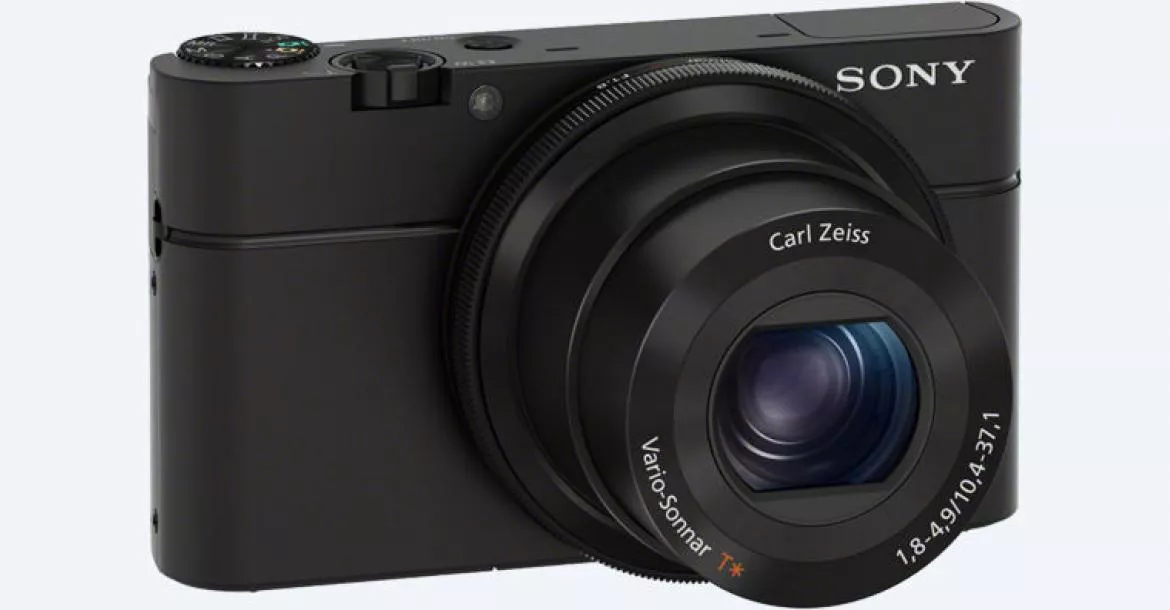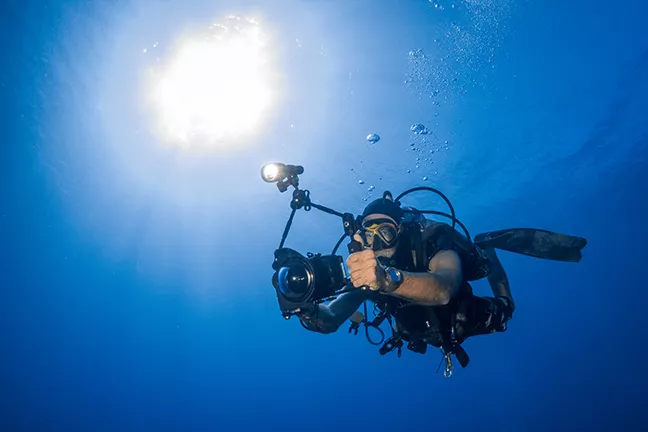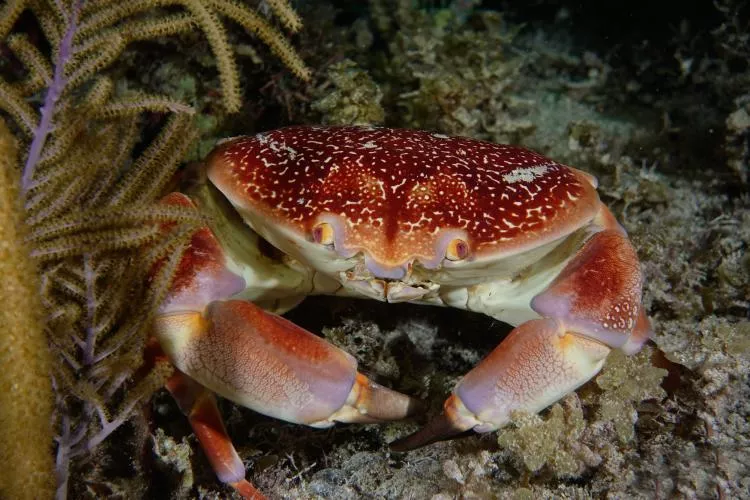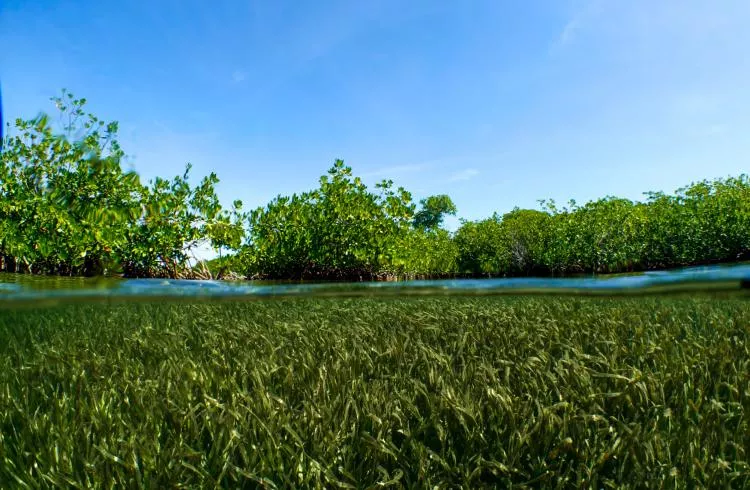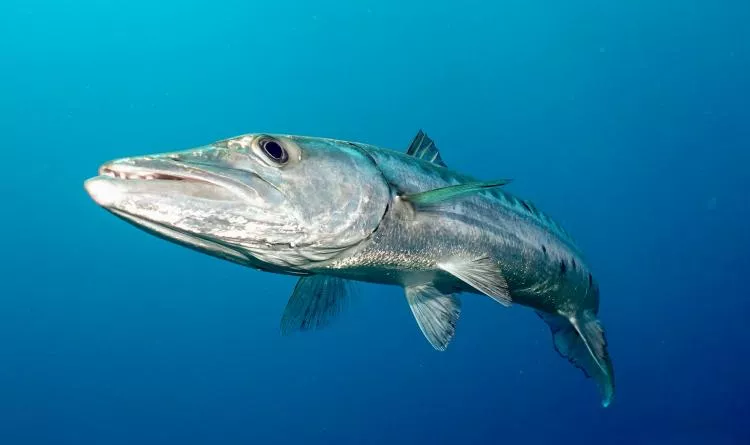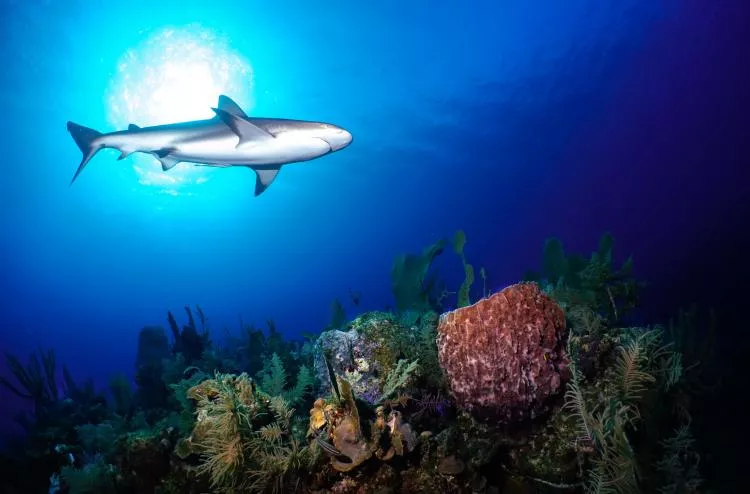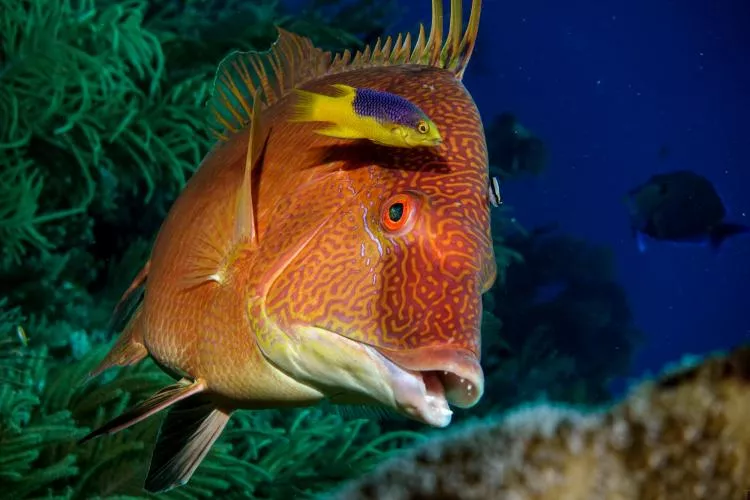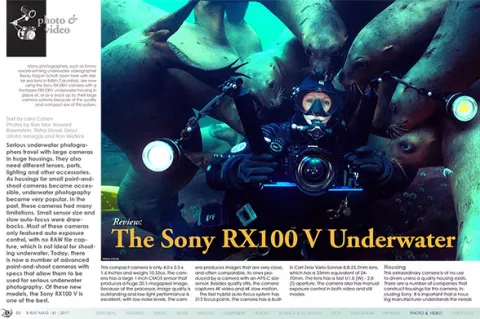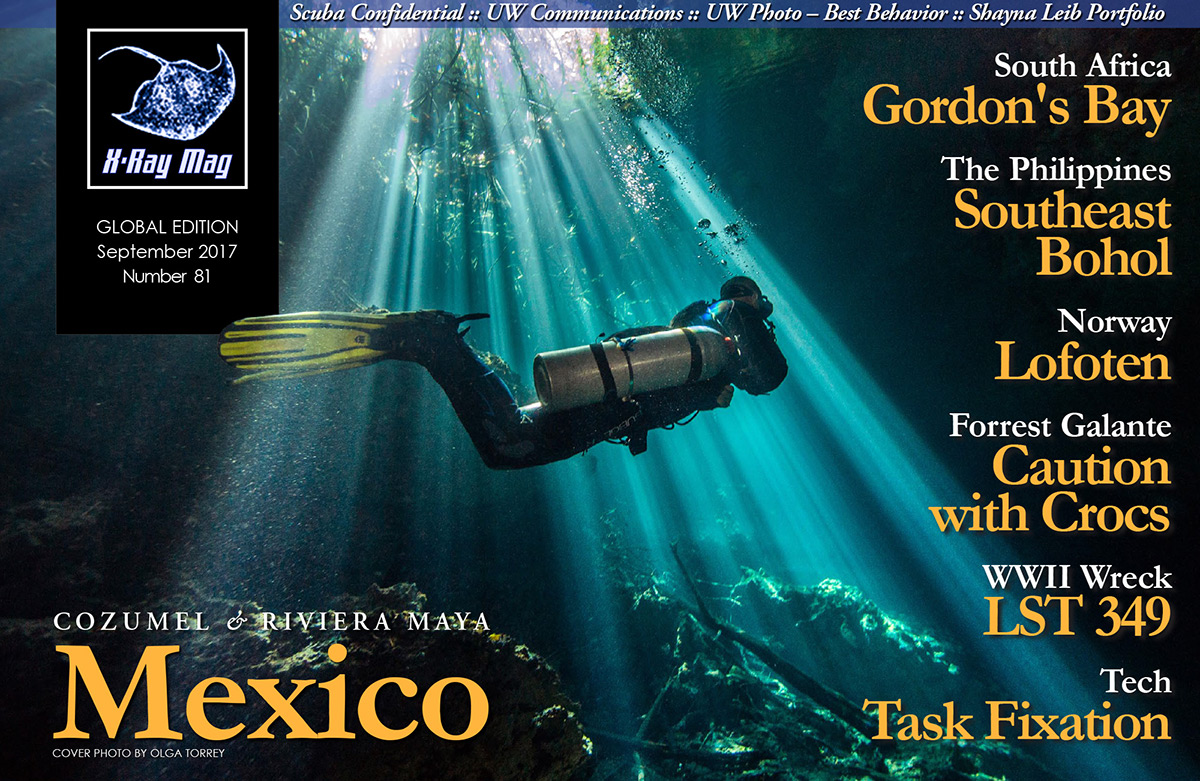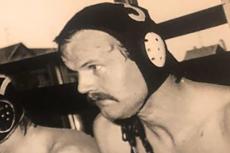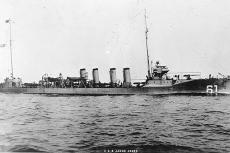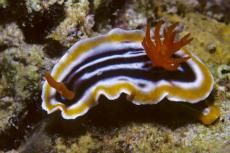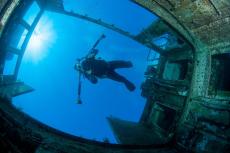
Review of Sony RX100 V Underwater
Serious underwater photographers travel with large cameras in huge housings. They also need different lenses, ports, lighting and other accessories. As housings for small point-and-shoot cameras became accessible, underwater photography became very popular. In the past, these cameras had many limitations but a range of new compacts offer compelling specs. Of these new models, the Sony RX100 V is one of the best.
Contributed by
Factfile
Larry Cohen is a well-traveled and published underwater photographer and camera gear expert based in New York City, USA.
He offers underwater photography courses and presentations to dive shops, clubs and events.
For more information, visit: Liquidimagesuw.com.
Small sensor size and slow auto-focus were drawbacks. Most of these cameras only featured auto exposure control, with no RAW file capture, which is not ideal for shooting underwater. Today, there is now a number of advanced point-and-shoot cameras with specs that allow them to be used for serious underwater photography.
The compact Sony RX100 V is only 4.0 x 2.3 x 1.6 inches and weighs 10.55oz. The camera has a large 1-inch CMOS sensor that produces a huge 20.1-megapixel image. Because of the processor, image quality is outstanding and low light performance is excellent, with low noise levels. The camera produces images that are very close, and often comparable, to ones produced by a camera with an APS-C size sensor. Besides quality stills, the camera captures 4K video and 4K slow motion.
The fast hybrid auto-focus system has 315 focus points. The camera has a built-in Carl Zeiss Vario-Sonnar 8.8-25.7mm lens, which has a 35mm equivalent of 24-70mm. The lens has a fast f/1.8 (W) - 2.8 (T) aperture. The camera also has manual exposure control in both video and still modes.
Housing
This extraordinary camera is of no use to divers unless a quality housing exists. There are a number of companies that construct housings for this camera, including Sony. It is important that a housing manufacturer understands the needs of underwater image-makers. Fantasea Line’s founder, Howard Rosenstein, has been involved in underwater photography for a lifetime. As owner of one of the first diving and liveaboard scuba operations in the Red Sea, he was renowned underwater photographer David Doubilet’s guide for his first National Geographic article. Howard is also a member of the Scuba Diving Hall of Fame and an accomplished underwater image-maker himself.
For the above reasons, it is no surprise that the Fantasea Line FRX100 V Underwater Housing is a gem of a housing with a reasonable price tag. This compact, yet sturdy housing is rated to 60m (200ft) and allows access to all essential camera controls. Since Sony did not change the size or control positions, this housing is compatible with the RX100 III, IV and V cameras.
To get the best underwater images, the housing allows access to “wet” wide-angle and macro lens accessories. It also allows use of dual strobes or video lights or a combination of the two. The bottom of the housing has three quarter-inch to 20-inch sockets. It is best to use a tray that uses two of these sockets, so it does not twist. The housing even has a moisture alarm with flashing red light. This is unusual for a housing in this price range.
Because of the quality of this system and compact size, many photographers are now using it in place of their large camera systems, or as a back-up. This includes Emmy award-winning underwater videographer Becky Kagan Schott. Other noted photographers include Amos Nachoum, Amanda Cotton, Chase Darnell, Christian Petron and Elisabeth Lauwreys. Captain Wayne Hasson of the Aggressor fleet offers this housing to all guests to try out for free.
Lenses
This system has some practical advantages over a large camera rig. Even very clear water has particles in it. So, the first rule of underwater photography is: When you think you are too close to the subject, get closer! In order to be close and fit a sizeable subject in the frame, ultra wide-angle lenses are required. The RX100 V has a zoom lens that is 24mm at the widest point. For large subjects, we have to add a wide-angle conversion lens. For small subjects, we need to increase magnification with a diopter or macro lens. When shooting with interchangeable lens cameras, we have to decide what lens to use before diving.
Image-makers do research on the dive site before deciding to use a wide-angle, fisheye or macro lens. Even with the best research, you usually see the whale shark when the macro lens is attached and the rare nudibranch when using a fisheye lens! With a compact camera system, you use wide-angle and macro conversion wet lenses on the outside of the housing port. With this system, you could change lenses underwater. Now you can capture whale sharks and nudibranchs on the same dive.
A smaller camera means a smaller housing. The Fantasea Line FRX100 V dimensions are only 15.5 x 14.5 x 12cm (6.1 x 5.7 x 4.7"). Conversion wet lenses are smaller and lighter than DSLR lenses and the ports required to use them underwater. Traveling with a compact housing will pack-up smaller than a DSLR rig. With airlines increasing luggage restrictions, this reduces cost.
Wet lenses. The conversion lens used on the outside of the housing needs to be a high-end optic. Fantasea Line and AOI have teamed up to produce a premium line of wet lenses. The UWL-09F wide-angle has five multi-layered precision optic quality elements organized in five groups. This provides edge-to-edge sharpness. Everything underwater appears 25 percent larger and closer to our eyes and camera lens. Using a dome port corrects this size distortion.
The UWL-09F has a built-in dome so the lens has an extremely wide 140-degree angle of view. The lens allows the camera to focus very close, and stays in focus even when the camera’s lens is in the wide-angle or telephoto position. A subject sitting on the dome will be sharp. Besides capturing large subjects, this lens allows image-makers to produce wide-angle close-ups and over/under images. In the past, only interchangeable lens rigs would be able to capture these kinds of images.
Macro lenses. Fantasea and AOI also produce three macro lenses. The UCL-05LF and UCL-06LF have +6 and +12 diopter values respectively. The UCL-09F is for super-macro lens, and has a +12.5 diopter value. All these lenses have optical glass elements and anti-reflective multilayer coatings. These lenses allow you to capture sharp close-up images equal to shooting with a dedicated macro lens.
All of the Fantasea/AOI lenses have 67mm threads. The FRX100 V lens port also has 67mm threads, so these lenses can be attached directly. This is an improvement over the FRX100 IV housing. This housing had a lens port with 55mm filter threads. Lenses with a 67mm thread can still be used with the included step-up ring. The UCL-05LF and UCL-09F macro lenses also have 67mm filter threads on the front. This allows you to stack extra diopters for even greater magnification.
In conclusion, the serious underwater imager can now create quality stills and videos without transporting huge housing systems. The Sony RX100 V with the Fantasea Line FRX100 IV housing produces breathtaking results as is, but you can increase image range and quality when paired with the correct wet lenses and lights. ■
